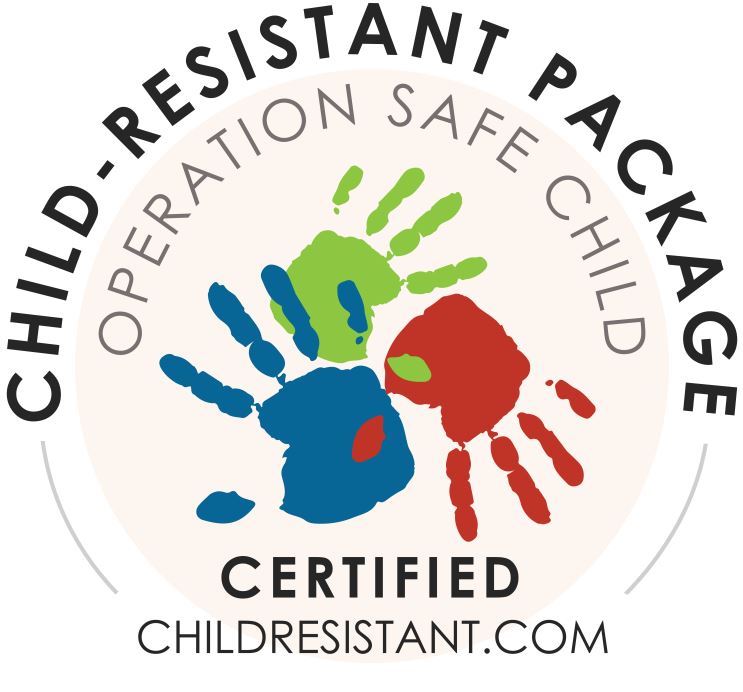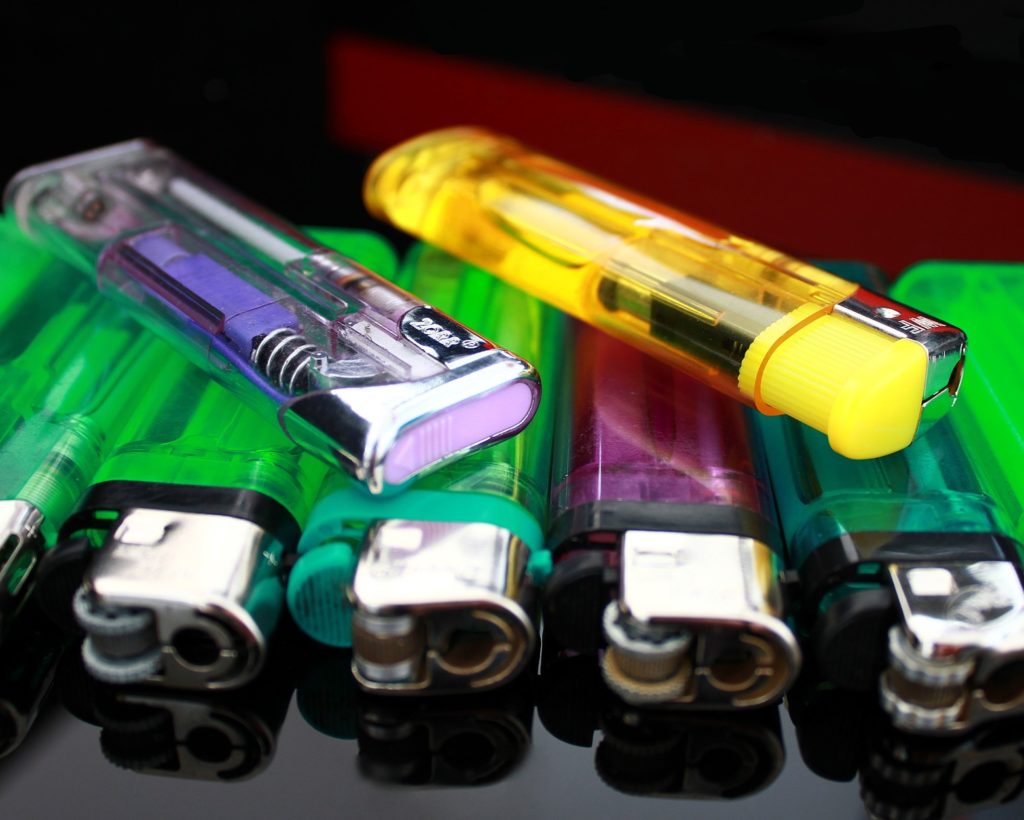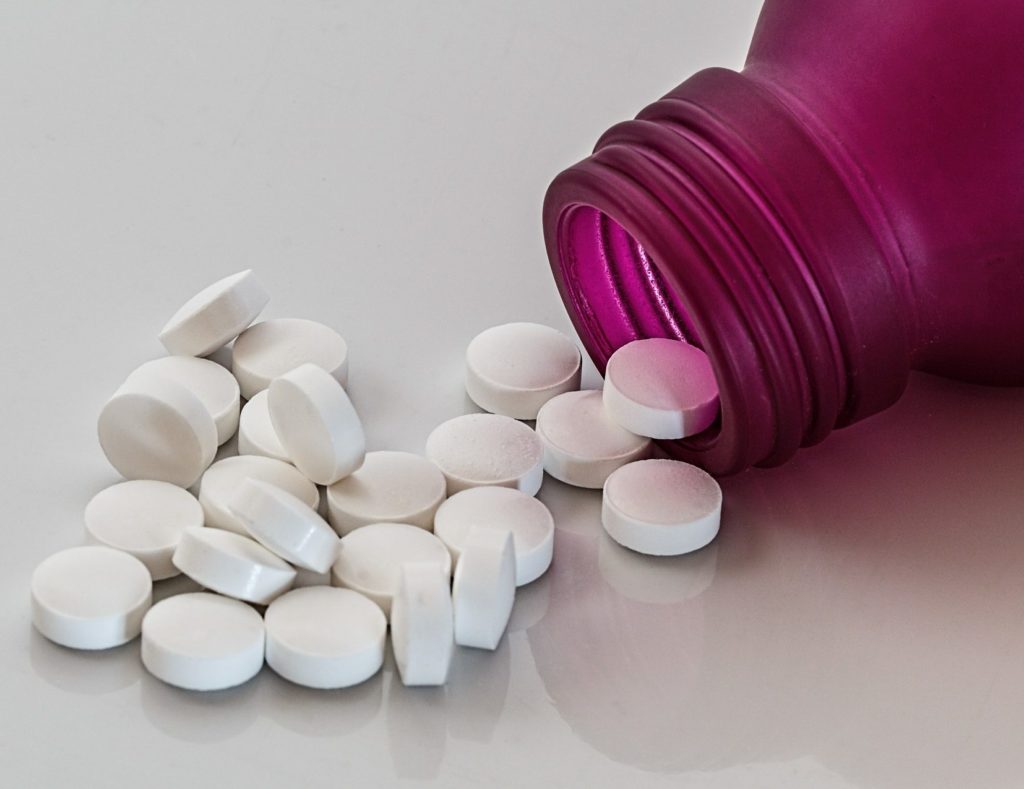Information and resources for the development and testing of child-resistant packages, and impartial certification body for child-resistant packages




Product Types, Protocols, & Regulations
Overview of regulations and testing protocols specific to package type and industry.
Specialty Products
Additional regulations for retail marijuana, liquid nicotine, e-cigarettes, laundry packets/pods, and button cell batteries.
Accreditation
Find out about the importance of laboratory testing accreditation and what to look for in a testing provider.
Safety Thoughts & Industry Updates
Industry insights, interpretations of regulations, and trends to watch
Certification Program & Certified Package List
Click here for packages that have met Certification Requirements
FAQ
Common questions about testing procedures, accreditation, and regulation compliance.
Ready to Start Testing?
Have a product to test? Learn about the testing capabilities and qualifications of a company with over 40 years of experience.
CONTACT US
You can get ask a question, get directions, or contact us.
About
Child resistant (CR) packaging is specifically designed to help reduce the instances of accidental poisoning in children through the ingestion of prescriptions, over-the-counter (OTC) medications, pesticides, and various other household chemicals. CR packaging, also referred to as “special packaging,” is required by the Poison Prevention Packaging Act (PPPA) of 1970 and regulated by the U.S. Consumer Product Safety Commission (CPSC) via the Consumer Product Safety Act (CPSA) and the Consumer Product Safety Improvement Act (CPSIA). The Environmental Protection Agency (EPA) is responsible for the regulation of economic poisons (i.e., pesticides and bait stations), which is also covered in the PPPA.
According to the PPPA, CR packaging must be designed to meet two requirements: the packaging must be significantly difficult for children under the age of 5 years to open, and must not be difficult for adults to open (the Act also allows accommodations to be made for the elderly and handicapped who might struggle with CR packaging). To ensure that these requirements are met, packages must be tested in accordance with federal regulation, and when applicable, international regulation. Check out relevant webinars we’ve conducted below:
- Download Webinar Portable Fuel Can Testing Guidelines F2517-22e1
- Download Webinar Fall 2022 Safety Package Testing Guidance Update
- Download Webinar 2020 Child Resistant Packaging Update
- Download Webinar Introduction to Child Resistant Packaging Testing
- Download Webinar Testing Under Discretionary Enforcement
MOBILE LAYOUT:
Child Resistant
Package Testing
Information resource for the testing, classification,
and regulation of child resistant products




About
Child resistant (CR) packaging is specifically designed to help reduce the instances of accidental poisoning in children through the ingestion of prescriptions, over-the-counter (OTC) medications, pesticides, and various other household chemicals. CR packaging, also referred to as “special packaging,” is required by the Poison Prevention Packaging Act (PPPA) of 1970 and regulated by the U.S. Consumer Product Safety Commission (CPSC) via the Consumer Product Safety Act (CPSA) and the Consumer Product Safety Improvement Act (CPSIA). The Environmental Protection Agency (EPA) is responsible for the regulation of economic poisons (i.e., pesticides and bait stations), which is also covered in the PPPA.
According to the PPPA, CR packaging must be designed to meet two requirements: the packaging must be significantly difficult for children under the age of 5 years to open, and must not be difficult for adults to open (the Act also allows accommodations to be made for the elderly and handicapped who might struggle with CR packaging). To ensure that these requirements are met, packages must be tested in accordance with federal regulation, and when applicable, international regulation.
Product Types, Protocols, & Regulations
Overview of regulations and testing protocols specific to package type and industry.
Specialty Products
Additional regulations for retail marijuana, liquid nicotine, e-cigarettes, laundry pods, and button cell batteries.
Accreditation
Find out about the importance of laboratory testing accreditation and what to look for in a testing provider.
Safety Thoughts & Industry Updates
Industry insights, interpretations of regulations, and trends to watch
Ready to Start Testing?
Have a product to test? Learn about the testing capabilities and qualifications of a company with over 40 years of experience.
FAQ
Common questions about testing procedures, accreditation, and regulation compliance.
TABLET LAYOUT:
Child Resistant
Package Testing
Information resource for the testing, classification,
and regulation of child resistant products

About
Child resistant (CR) packaging is specifically designed to help reduce the instances of accidental poisoning in children through the ingestion of prescriptions, over-the-counter (OTC) medications, pesticides, and various other household chemicals. CR packaging, also referred to as “special packaging,” is required by the Poison Prevention Packaging Act (PPPA) of 1970 and regulated by the U.S. Consumer Product Safety Commission (CPSC) via the Consumer Product Safety Act (CPSA) and the Consumer Product Safety Improvement Act (CPSIA). The Environmental Protection Agency (EPA) is responsible for the regulation of economic poisons (i.e., pesticides and bait stations), which is also covered in the PPPA.
According to the PPPA, CR packaging must be designed to meet two requirements: the packaging must be significantly difficult for children under the age of 5 years to open, and must not be difficult for adults to open (the Act also allows accommodations to be made for the elderly and handicapped who might struggle with CR packaging). To ensure that these requirements are met, packages must be tested in accordance with federal regulation, and when applicable, international regulation.
Product Types, Protocols, & Regulations
Overview of regulations and testing protocols specific to package type and industry.
Specialty Products
Additional regulations for retail marijuana, liquid nicotine, e-cigarettes, laundry packets/pods, and button cell batteries.
Accreditation
Find out about the types, process, and importance of laboratory testing accreditation and what to look for in a testing provider.
Safety Thoughts & Industry Updates
Industry insights, interpretations of regulations, and trends to watch
FAQ
Common questions about testing procedures, accreditation, and regulation compliance.
Ready to Start Testing?
Have a product to test? Learn about the testing capabilities and qualifications of a company with over 40 years of child resistant testing experience.